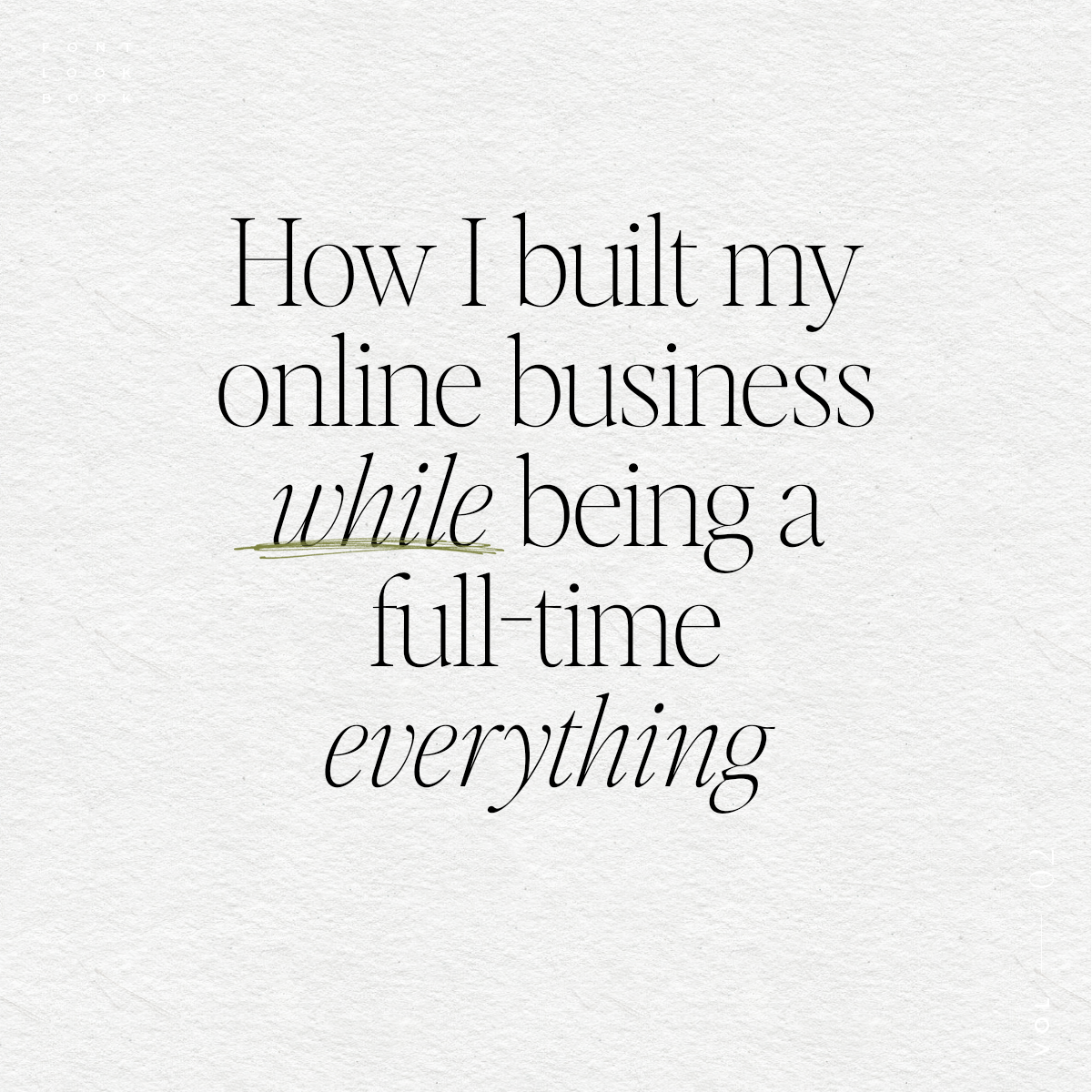So, after that long internal battle, you’ve finally decided to take the plunge into full-time freelancing. There are many perks of the job, after all: flexible schedules, being your own boss, and the freedom to choose projects and clients.
Like everything in life that sounds too good to be true, there are many challenges to freelancing. One of the main cons of freelancing is having an unsteady income (at least at first). However, by following the crucial tips below, there’s no reason you should be frantically treading water in your new freelancing career.
- Determine your professional skills
- Designate a workspace
- Build a portfolio
- Identify your financial goal
- Set your prices
- Create a work schedule
- Compose templates of documents and emails
- Invest in the proper tools
- Learn how to attract clients
- Find a community
1) Determine your professional skills.
When figuring out a future career, you need to figure out what skills you enjoy doing and what you’re good at. So first things first, you need to determine your general skills then narrow them down to specialized skills. For example, your general skill could be web designing and your specialization can be designing websites for law firms or your specialized skill can be working with different web platforms like WordPress, ShowIt, or Squarespace.
Everyone has a skill that they can sell. Pinpoint yours. If you need some additional help discovering your niche, get my FREE workbook here here!
2) Designate a workspace.
Having an optimal workspace is integral for keeping you focused and productive. It doesn’t have to be an entire office but it can be a corner of your home that is away from distractions and in which you would only be doing work. When using these criteria, your bed won’t count, unfortunately.
The designated area can include a desk, chair, desk organizer, printer, and anything else that you would need to work efficiently and comfortably. But make sure it works for you. Even though I have a designated work space, I will find myself working at the kitchen table to give me a change of scenery and it can sometimes help me be more productive. If you find it difficult to concentrate at home, designate a nearby coffee shop, café, public library, or park as your workspace.
3) Build a portfolio.
Create a portfolio of your work. There are free websites on which you can design professional portfolios like Canva. There are also many website builders available that make it easy for you to create a professional website for your business. For those of you with no experience with web design, Squarespace offers a super-simple drag and drop builder that makes a simple, elegant website without any coding. If your field is in writing, or if you think your full-time freelancing career could benefit, consider launching a blog with posts that relate to your niche.
When showcasing your work, divide by genre where necessary and write a brief description of each project. One major step in showing off your amazing work is testimonials. Make sure to ask for testimonials and positive reviews to give your work additional credibility.
If you don’t have any professional experience, start creating new materials that you can show potential clients. I would create at least 4 times to add to your portfolio to show to potential clients. Your portfolio doesn’t have to be perfect at first. Remember, you will always be updating and improving it.
4) Identify your financial goal.
Identify the amount of money you would like to make per month. Be practical, don’t forget to budget your self-employed taxes and cater to the dry spells that will inevitably come.
After identifying a monthly income, determine the number of projects you would need to complete per month and the number of hours of work you would have to put in to achieve this goal.
5) Set your prices.
Research the standard rates in your field and set your prices. When freelancing, you can charge by word, page, day, hour, or task. In making this decision, consider your experience, competition, and financial goal. You don’t want to undercharge or overcharge.
6) Create a work schedule.
To create a practical and effective schedule, consider the specific tasks that you plan to do each day and the number of hours that you can realistically keep focused to complete these tasks. There may be one-off tasks and others that must be done daily.
Next, think about the number of days for the week that you plan to work and identify which days they will be. Try not to be too constricting or flexible.
While you need discipline to efficiently complete tasks, you also started full-time freelancing to live a more flexible lifestyle, so you’ll need to plan time for breaks, hobbies, and emergencies.
7) Compose templates of documents and emails.
Create templates of invoices, receipts, proposals or quotes, contracts, emails, and any other document you will be sending clients or potential clients. These templates can be easily customizable so you don’t waste too much time composing new documents.
Contracts should include the following:
- the tasks you will complete, rates, payment conditions, delivery dates, termination conditions, and any revision fees.
In addition to document templates, create a professional email address with a signature that includes your name, title, company, and contact information.
8) Invest in the proper tools.
One of the worst things you can tell a client is that their work is lost because your system crashed. Every freelancer should invest in some type of backup for their projects. Backups can include external hard drives, tape drives, cloud storage, and USB flash drives. Google Drive is my favorite tool to use to store all of my work documents. It’s also included with my “work email” when I signed up for GSuite.
According to your field, you may also need to invest in the proper tools and software that will help you produce professional quality work. If getting all the necessary tools is not possible at first, make a list of tools that will help your business, and work towards obtaining them one by one.
Having all of the tools is definitely a “nice to have”, but not a necessity to starting a successful freelance career.
9) Learn how to attract clients.
You can sign up for freelance job sites like Upwork or you can even find work on regular job sites like Remote.co or Indeed.
I would also recommend spreading the word about what you do, including friends, family, acquaintances, and take every opportunity you can to network your new freelance business. Also, take advantage of platforms such as LinkedIn, Twitter, Facebook, and Instagram to advertise your services.
Be aware that clients are not only going to come to you, though. You will also have to approach them. Research your target clients and get to know their goals. Next, tell them how your services can help them achieve what they want. When sending a pitch, include experiences and samples that relate to their objectives. Remember, it’s all about them and their goals.
Check out these free resources for reaching out to new potential clients, including a cold email for people you don’t know and a warm email for friends and family!
10) Find a community.
It’s easy to feel isolated when freelancing. According to the type of service you offer, you may find yourself going days without interacting with anyone besides clients. Sometimes you need advice on a client or project or need to vent to someone who understands your work, or sometimes you simply need to talk to someone.
Planning social events, joining group classes, and working outside of your house when you can are a few ways that you can beat the loneliness. To meet other freelancers, consider working from a co-working space, doing collaborations, and attending meet-ups in your field. You can also become a part of virtual spaces like Facebook and Whatsapp where you can communicate with other freelancers. Interacting with others in your field can not only help you feel less isolated but also help you to maneuver your field better.
With discipline, structure, and a practical mindset, it’s possible to be a successful full-time freelancer with a steady income and a sane mind. Along your freelancing journey, you may realize that this type of job is not for you. On the flip side, you may realize that it’s perfect for you. However, you won’t know unless you take that first step.
Want additional help to kick-start your freelance career? Check out my free guide here.







This was very enlightening …..Thank you